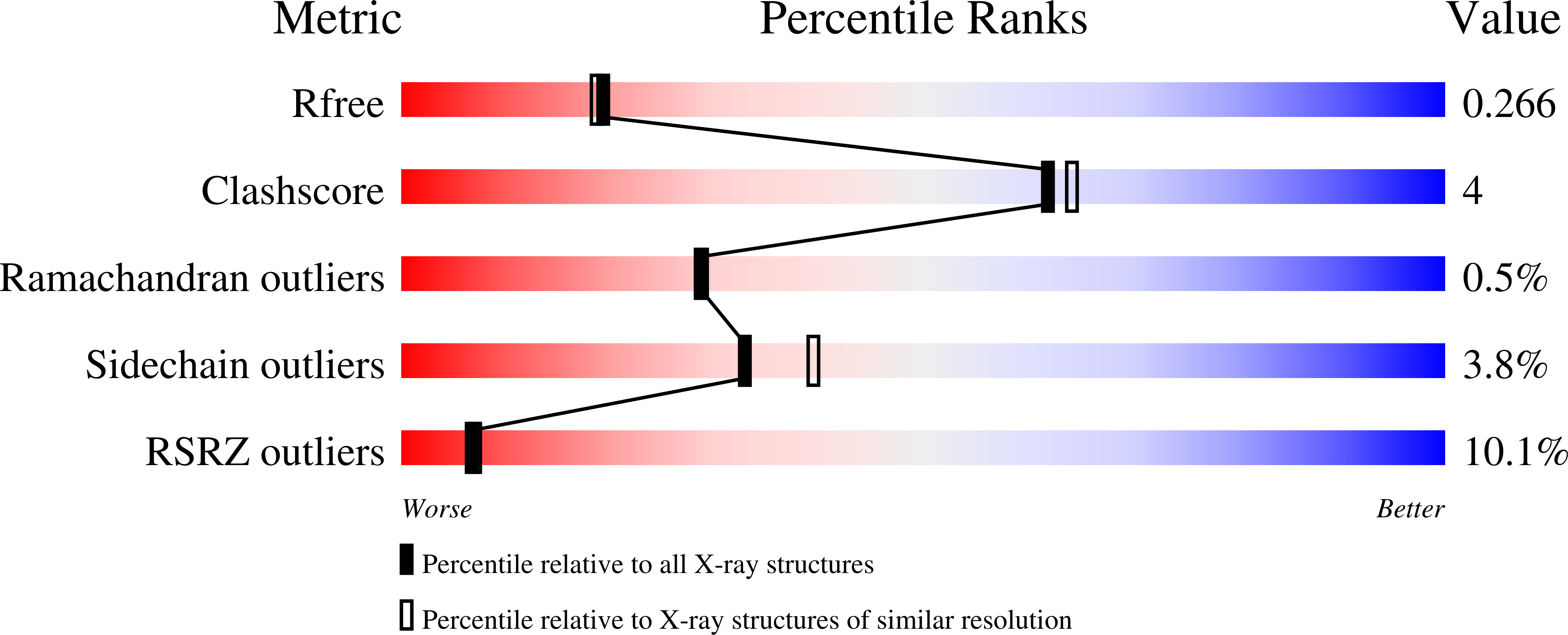
Deposition Date
2006-08-07
Release Date
2006-12-26
Last Version Date
2024-02-21
Entry Detail
Biological Source:
Source Organism:
Mycobacterium tuberculosis (Taxon ID: 83332)
Host Organism:
Method Details:
Experimental Method:
Resolution:
2.25 Å
R-Value Free:
0.26
R-Value Work:
0.21
R-Value Observed:
0.31
Space Group:
P 21 21 2


